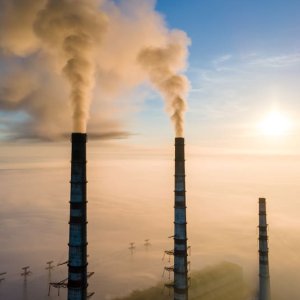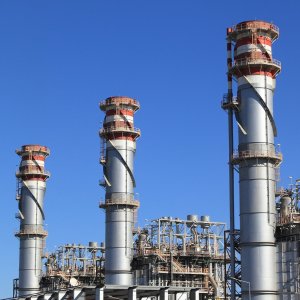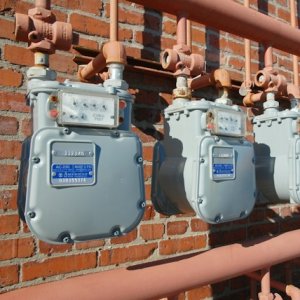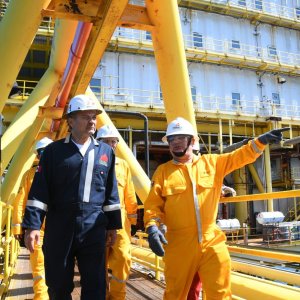The Challenges of Sustainability, Achieving Net-Zero Emissions

STORY INLINE POST
Climate change is disrupting communities and ecosystems, permanently transforming the world as we know it. In the agreement signed at the COP21 meeting in Paris in 2015, 190 countries acknowledged the world’s high levels of CO2 emissions and the consequent increase in global temperatures, and ambitious emissions reduction targets were set. Last year, at the COP26 meeting in Glasgow, we learned that the world is not on track to meet the Paris commitments, and that decarbonization of our economies must be accelerated.
To accelerate decarbonization, many public- and private-sector organizations are committing to achieving net-zero carbon emissions. Net-zero means that for each carbon dioxide molecule created and emitted into the atmosphere by human activities, another molecule is taken out. There are two key levers to achieve net-zero: reducing the CO2 that we emit to the environment in the first place and increasing the activities that remove CO2 from the environment. The latter, usually called carbon offsets, is a reduction or removal of emissions of carbon dioxide made to compensate for emissions made elsewhere. The most common carbon offset used to be planting trees. But as the sheer magnitude of the challenge to achieve net-zero becomes clear, more hope is being placed on our ability to scale up technologies for carbon capture and storage (CCS).
So how big is the challenge? Major changes are required across all sectors of the economy. According to a study by Boston Consulting Group, power generation represents, the largest source of emissions, at 30 percent of CO2 emissions worldwide, followed by industry (18 percent), transport (17 percent), and agriculture (17 percent). So, the energy transition is of utmost importance in our roadmap to net-zero. According to the International Energy Agency’s 2021 Flagship report, to be able to achieve net-zero by 2050, all new oil and gas projects would need to be halted (as of 2021), plus we would need to quadruple wind and solar capacity by 2030. To get a sense of the magnitude of these investments, in the case of solar, this is the equivalent to adding the largest solar park in existence today every single day for the next 10 years. This requires a coordinated effort by many countries and a strong commitment to achieving those targets.
The importance of the energy transition was emphasized by UN Secretary-General António Guterres, in his remarks at CO26: “(The approved texts at Glasgow) take important steps, but unfortunately, the collective political will was not enough to overcome some deep contradictions.” UN policy reforms are crucial to the expansion of renewable energy because they incentivize investment and communicate the magnitude of the problem to the general population. Public and private entities must transparently work together to create new bureaucratic structures that prioritize the environment.
But here’s the good news. Solar energy has become the “cheapest electricity source in history,” according to the IEA. In addition, the technology used in the solar space will continue to improve and achieve higher efficiency, indicating its further potential as a sustainable energy source. At the same time, contrary to wind power, the photovoltaic technology for solar energy is scalable down to the individual household level. That means that it is economical to install solar panels on virtually every roof in Mexico. The sun is a natural resource that hasn’t missed a day in five billion years. In just one hour, the power generated by the sun exceeds the power the whole world consumes in a year, according to Business Insider. Rooftop solar installations will allow for households and businesses to become self-sufficient and fulfill their energy needs. While there will always be limitations on land use that prevent us from achieving the number of solar parks that are needed to achieve net-zero, panels can be installed on unused roof space without any negative additional effects on the surrounding environment.
The future for solar is bright: distributed rooftop solar energy systems on every home and business will be a key to reducing global emissions.
























